Therapeutic Ultrasound
Therapeutic ultrasound is a widely used treatment modality in the field of physical therapy and rehabilitation. This non-invasive procedure involves the use of high-frequency sound waves to promote tissue healing and alleviate pain. By delivering focused energy deep into the targeted tissues, therapeutic ultrasound can stimulate cellular activity, increase blood flow, and accelerate the healing process.
The therapeutic effects of ultrasound are achieved through various mechanisms, including thermal and non-thermal effects. Thermal effects occur when the energy from the sound waves generates heat within the tissues, which can increase blood flow and promote relaxation. Non-thermal effects, on the other hand, involve the mechanical vibrations of the sound waves, which can stimulate cellular activity and promote tissue repair.
In clinical practice, therapeutic ultrasound is often used in conjunction with other modalities such as exercise therapy and manual techniques to optimize treatment outcomes. Treatment parameters, including frequency, intensity, and duration, are carefully tailored to each individual patient based on their specific condition and therapeutic goals. Furthermore, advancements in technology have led to the development of portable ultrasound devices, allowing for greater accessibility and convenience in both clinical and home settings.
Despite its widespread use, therapeutic ultrasound is not without limitations and contraindications. It is important for healthcare professionals to undergo proper training and adhere to safety guidelines to minimize the risk of adverse effects. Additionally, further research is needed to fully understand the optimal parameters and indications for therapeutic ultrasound across different patient populations and conditions. Nonetheless, with its versatility and potential therapeutic benefits, therapeutic ultrasound remains an integral component of physical therapy practice.
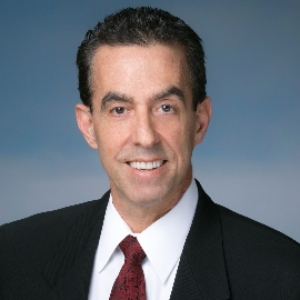
Jay Spector
American Academy of Podiatric Sports Medicine (AAPSM), United States
Marcia J Scherer
Institute for Matching Person and Technology, United States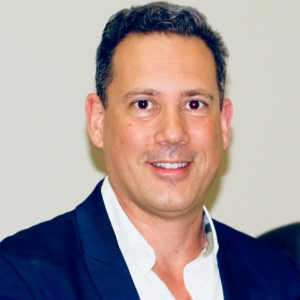
Marcos Brioschi
American Academy of Thermology, United States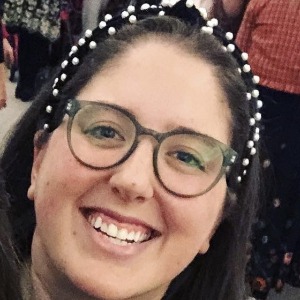
Blair Gorenberg
Shirley Ryan Abilitylab, United States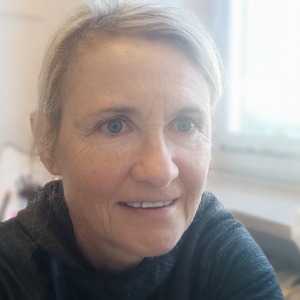
Roberta Sartori
IRCCS Materno-Infanitle Burlo Garofolo, Italy
Cho Li Yin
Taichung Veterans General Hospital - VGHTC, Taiwan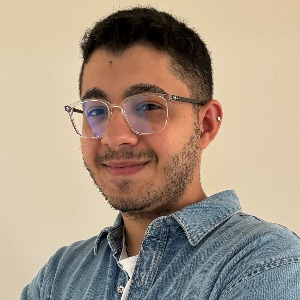




Title : Best practice guidelines for the use of pharmacological neuromodulation in disorders of diminished motivation: A comprehensive approach
Vaidya Balasubramaniam, Illawarra and Shoalhaven Local Health District Hospitals, Australia
Title : A forgotten component of knee osteoarthritis
Ron Blehm, EEI Physio LLC, United States
Title : Functional outcomes of DSSA-Based pelvic rehabilitation combined with manual therapy and electrostimulation in men after oncologic surgery: A retrospective case series
Eren Uyar, Fizyomen Physiotherapy & Rehabilitation Center, Turkey
Title : We are living and working in the age of individualization
Marcia J Scherer, Institute for Matching Person and Technology, United States
Title : Efficacy of Inspiratory Muscle Training (IMT) in post-weaning ICU recovery: A clinical randomized controlled trial
Warda Khan, Chongqing Medical University, Pakistan
Title :
Subramanya Adiga, Middlemore Hospital, New Zealand